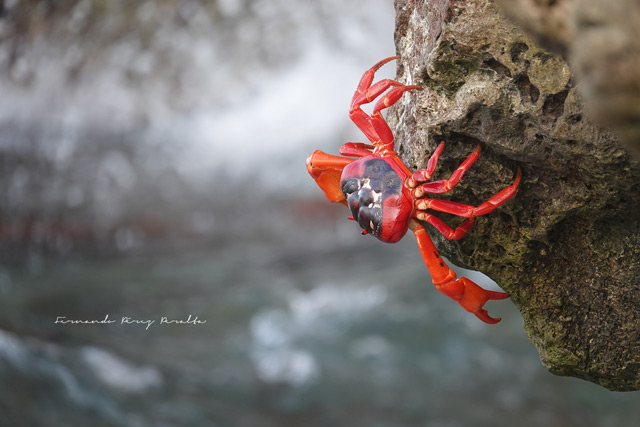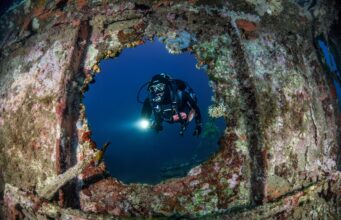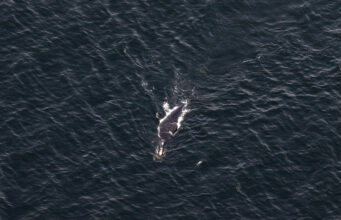SCUBA News~~~~~~~~~~~~~~~~~~~~~~~~~~~~~ Welcome to December's SCUBA News. Our compliments of the season to you, and a seasonal creature of the month - the Christmas Island Red Crab. Any questions and comments to news@scubatravel.co.uk, I look forward to hearing from you.
What's New at SCUBA Travel? | ||||||||||||||||
| ||||||||||||||||
5 Fantastic Liveaboard Deals - Save up to 35%More great liveaboard diving deals, to some of the best diving destinations in the world, specially selected for us by Divebooker.com, the liveaboard specialists.
Creature of the month: Christmas Island Red CrabAt the start of the wet season, between October and December, the unique Christmas Island Red Crabs start their annual migration. Forty million of them pack their bags and travel to the coast from their rain forest homes. The first to set off are the males living furthest inland. They are joined by more and more crabs as the march progresses towards the sea.
Christmas Island is nearly 1500 miles away from its Australian parent, and is closer to Indonesia. The diving is great there, but it's the crabs that attract people.
The crabs make the journey to spawn – dropping their eggs into the sea. This happens before sunrise on a spring tide during the last quarter of the moon. The crabs walk in straight lines, but not to the nearest coast: most travel towards the northwest shore. They can walk over 14 km a day, but 680 m is more common. When rains are late the crabs rush to seaside. If not then they linger for up to a week on the way to feed. This behaviour implies that the crabs are able to judge how far away they are from the shore during the migration.  When they reach the coast, after a dip in the sea the males dig a burrow for mating. After mating the males again immerse themselves in the water before the long walk home. The females stay in the burrows, brooding their eggs for a couple of weeks. When the time is right, at high tide they jettison their eggs into the sea then make the return trip.  The eggs immediately hatch into larvae which grow into tiny animals called megalopae. After about a month these emerge from the ocean and moult into baby crabs. Four years later these crabs will repeat the migration and the cycle begins again.
Some years hardly any baby crabs make it out of the sea. Whale sharks and manta rays feast on them and few escape. Every so often though massive numbers survive.
Phylum: Arthropoda > Sub-Phylum: Crustacea > Class: Malacostraca > Subclass: Eumalacostraca > Order: Decapoda > Species: Gecarcoidea natalis Further Reading and References Diving news from around the World
| ||||||||||||||||
| SCUBA News is licensed under a Creative Commons Attribution 4.0 Unported License. This means we are happy for you to reuse our material for both commercial and non-commercial use as long as you: credit the name of the author, link back to the SCUBA Travel website and say if you have made any changes. Most photos though, are copyright the photographer. Please get in touch for details. Photo credits: Tim Nicholson, Jill Studholme, Tatiana Ivkovich, Rob Atherton/DepositPhotos, divebooker.com. UNSUBSCRIBING ADVERTISING CONTACTING THE EDITOR |
Sunday, December 15, 2024
SCUBA News - #293 - December 2024
Subscribe to:
Post Comments (Atom)




















No comments:
Post a Comment